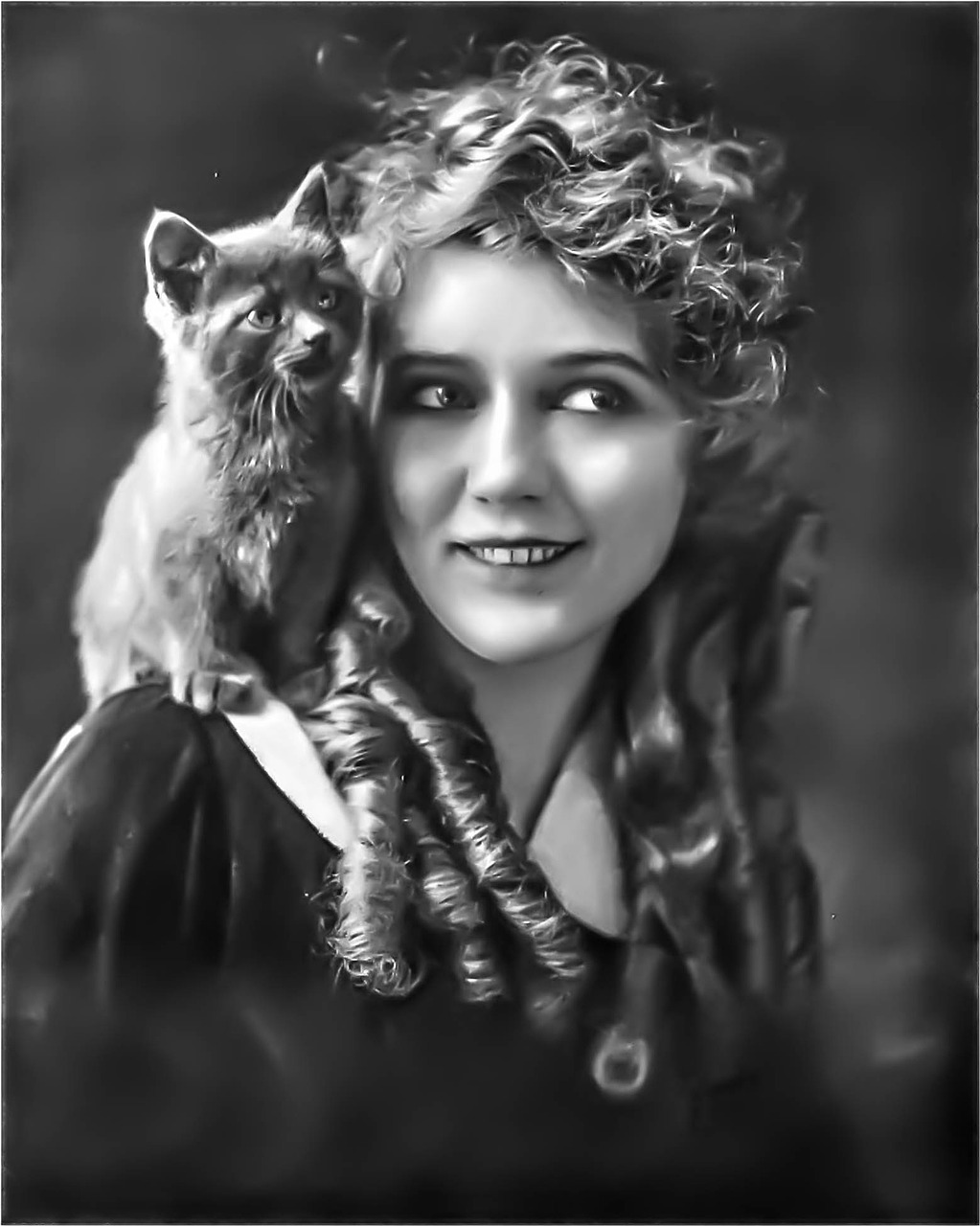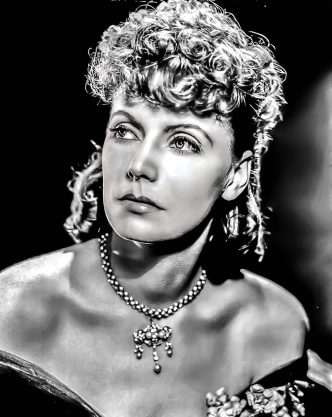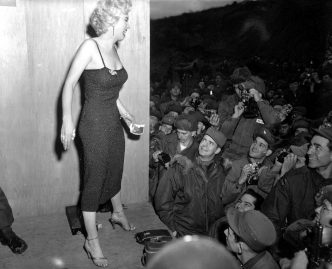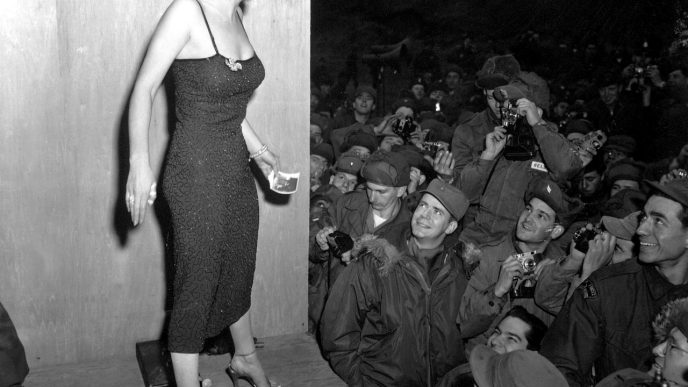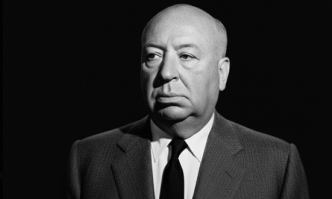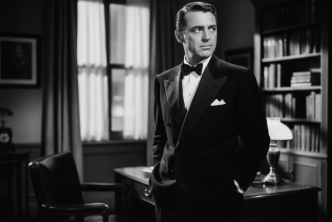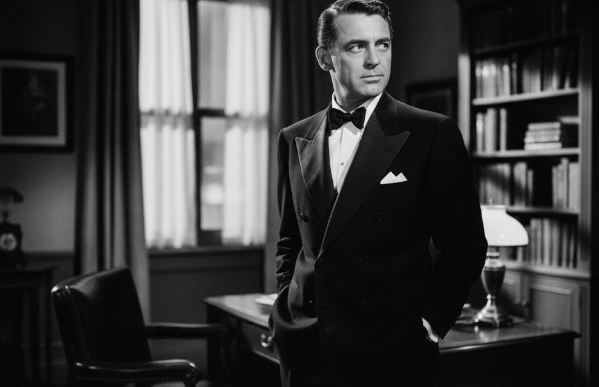To the world, she was “America’s Sweetheart,” the silent film star with the golden curls whose on-screen innocence captured the hearts of millions. But behind the beloved persona, Mary Pickford was one of the most powerful and shrewd business executives in the formative years of Hollywood. Long before it was common for artists to control their own destinies, Pickford leveraged her immense popularity into unprecedented financial and creative power, negotiating record-setting contracts and ultimately co-founding her own studio.
She was not merely a product of the Hollywood machine; she was one of its principal architects, a formidable producer and mogul who understood her value and fought to protect the interests of artists in a system designed to exploit them. Her legacy is a dual masterpiece: that of a cherished screen icon and a revolutionary business leader who fundamentally shaped the structure of the film industry.
From the Stage to the Screen: Building a Global Brand
Born Gladys Louise Smith in 1892, Mary Pickford began her acting career on the stage at age six to support her family. In 1909, she transitioned to the new medium of motion pictures, signing with director D.W. Griffith. Her natural charisma and expressive face were perfectly suited for silent film, and her popularity skyrocketed. She became the first true movie star, her face recognized in every corner of the globe.
Pickford, however, possessed a business acumen that was as sharp as her acting talent. She understood that her popularity was a commodity, and she was determined to be its primary beneficiary. As her fame grew, she engaged in relentless contract negotiations that consistently set new benchmarks for actor compensation. Adolph Zukor, the co-founder of Paramount Pictures, famously recalled her savvy, noting, “Mary was a terrific businessman.” He recounted how she negotiated her salary from $20,000 a year to over $100,000 a year before she was even 20 years old, constantly leveraging her value against that of other top stars.
The Million-Dollar Deal: Seizing Creative Control
By 1916, Pickford was the most popular star in the world, and she signed a contract that was unprecedented in Hollywood history. The deal guaranteed her a salary of $10,000 per week, a 50% share of her films’ profits, and, most importantly, complete creative control over her productions. This was a revolutionary act in an industry where studios treated actors as interchangeable assets. Pickford was no longer just an employee; she was the head of her own production company, the Mary Pickford Film Corporation, with full authority over scripts, directors, and casting.
This power was unheard of for any actor at the time, let alone a woman. She was not just a star performing in films; she was a producer meticulously crafting her own brand. She understood what her audience wanted and used her authority to ensure her films met that expectation, cementing her status as a global phenomenon while retaining the profits and the power.
The Revolution of United Artists
As the studio system grew more powerful and consolidated its control, Pickford and other top stars grew wary of its monopolistic practices. The studios were tightening their grip on actor salaries and creative decisions, threatening the very independence Pickford had fought so hard to achieve. In response, she joined forces with three of the other biggest names in Hollywood: Charlie Chaplin, D.W. Griffith, and her husband, Douglas Fairbanks.
In 1919, the four artists co-founded United Artists, a distribution company created by artists, for artists. The venture was premised on a radical idea: that the talent, not the studios, should control their own work and reap the majority of the financial rewards. It was a direct challenge to the established studio system, empowering independent producers and giving them a pathway to the market without surrendering their profits or their artistic vision. The founding of United Artists was a seismic event in Hollywood history, and Pickford was at its very center, not as a silent partner, but as a driving force.
Conclusion: A Legacy of Power and Artistry
Mary Pickford’s influence extended far beyond her acting career. She was a spearheading founder of the Academy of Motion Picture Arts and Sciences and won the second-ever Academy Award for Best Actress for her first sound film, Coquette (1929). But her most enduring legacy is that of a business pioneer. At a time when women had little to no power in business, she became one of Hollywood’s most powerful executives, a mogul who built an empire on her own terms. She proved that an artist could also be a brilliant entrepreneur, forever changing the balance of power between talent and the studios. “America’s Sweetheart” was not just a character she played; it was a global brand she built, managed, and controlled with visionary skill.

Dario Loce is the founder and editor of Celebrimous. He is a lifelong film enthusiast and the author of several locally-published books on cinema history and analysis. His passion is deconstructing the “how” and “why” of filmmaking, from the director’s vision to the editor’s cut. When not lost in a classic film, he’s usually walking through the city, replaying scenes in his mind like unfinished stories.

